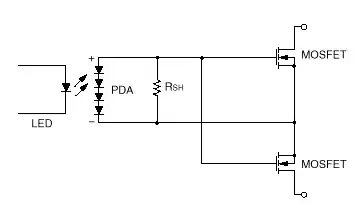It's pretty straightforward to use transistor as a switch while working with DC voltage. But I am faced with a situation to switch on/off an AC motor (single phase).
Is it absolutely necessary to use a TRIAC or SSR? A stupid question maybe, but what would happen if I were to just make use of a BJT? Would it burn out?
I am trying to build an Arduino project which uses a DC motor following the steps in this Instructables article, but happen to have several AC motors lying around without any use.

